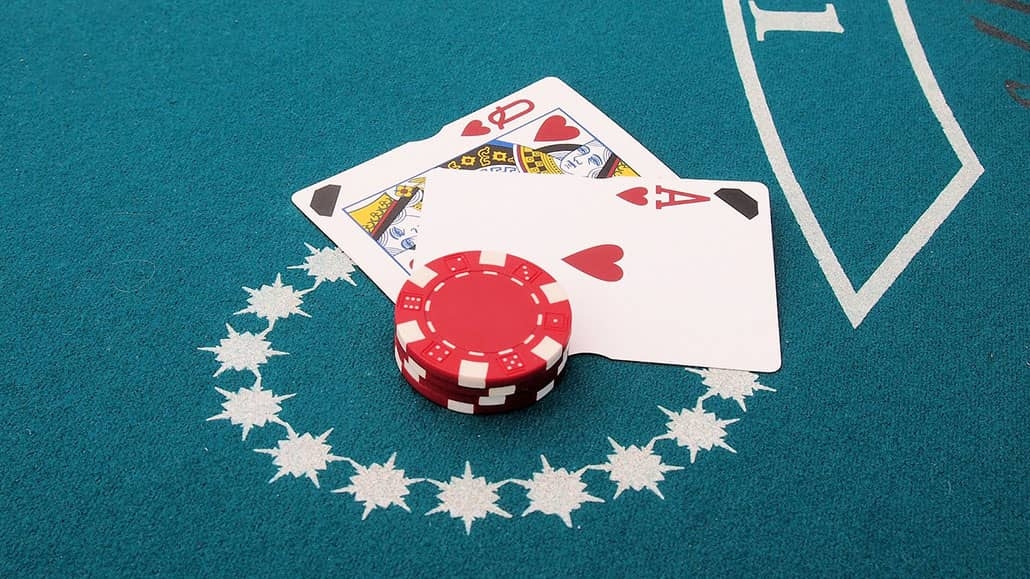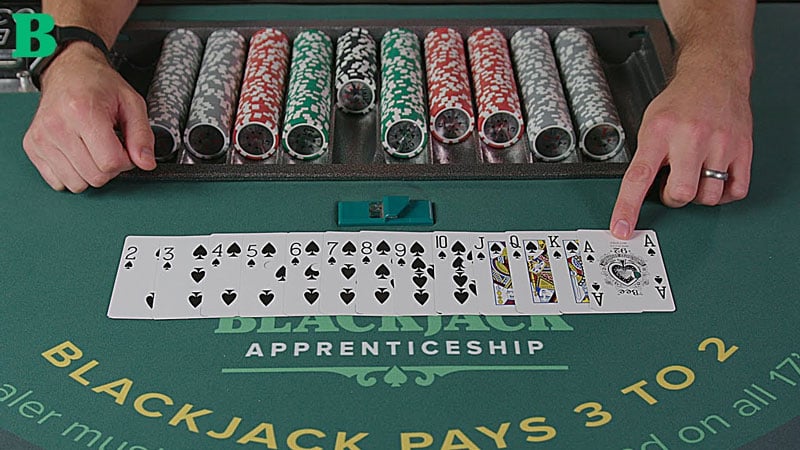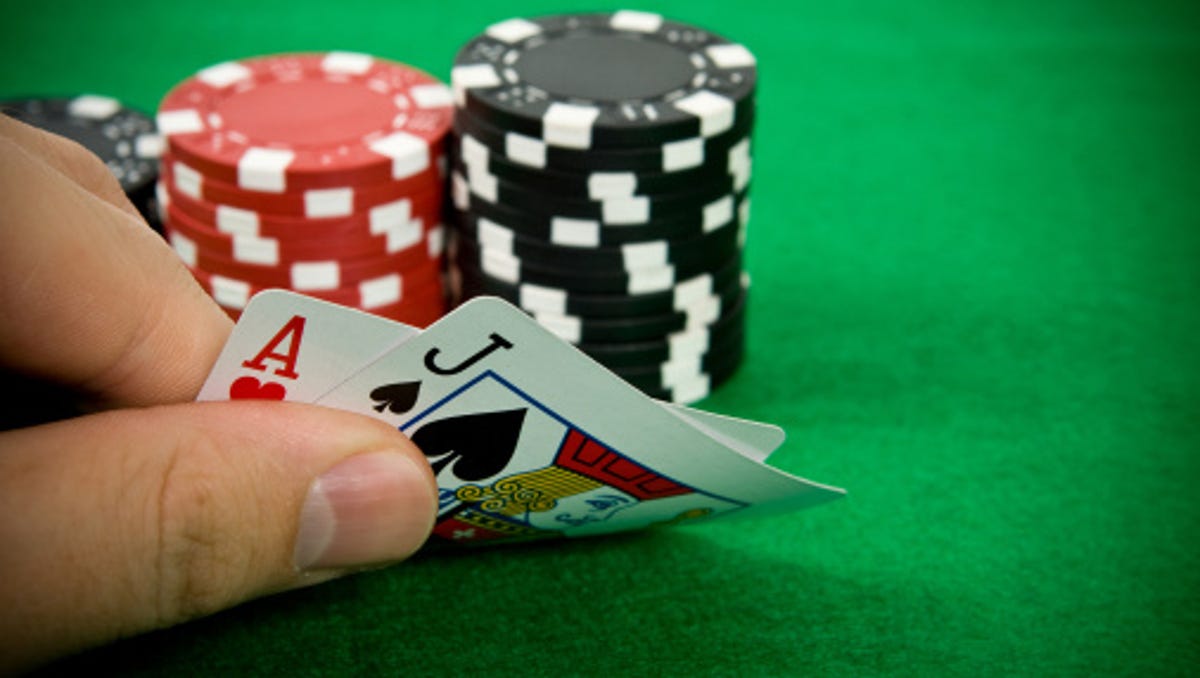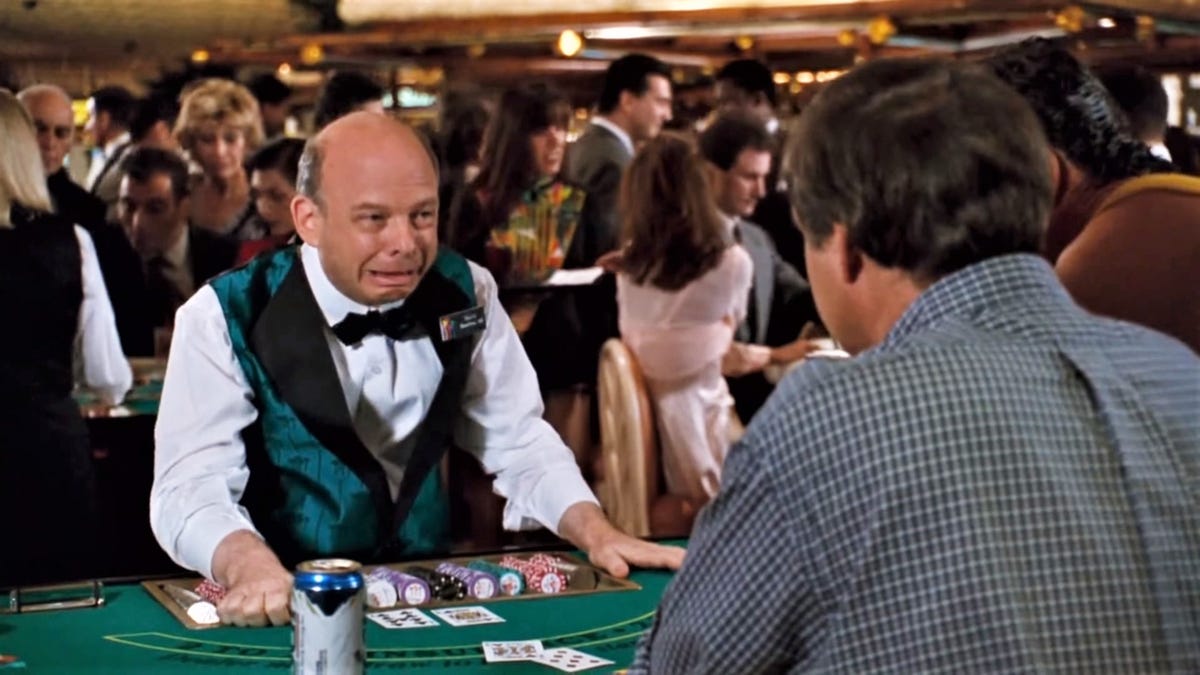How Much Money Does A Blackjack Table Make A Day
Claim: The average person can make a living off of blackjack. Dec 29, 2015 Sal says, laughing. “You sat at a blackjack table, you lost $200 and they gave you a $20 buffet.”. The more the numbers are going to take over and the casino’s going to make money.
Buy Blackjack Table
Have you ever considered being a casino dealer? The job might look like fun. Playing cards all day while talking with players! Of course, it's not quite that easy and those same players (you) can be a pain in the neck from time to time. Then again, no service-industry job doesn't have some drawbacks.
No industry is recession-proof, but casino jobs keep opening up because new casinos are still being built. And, there are reasons you might want to work at a casino.
Top Ten Reasons to be a Casino Dealer
- Pay. Dealers can make as much as $100,000 per year. The average dealing job at a small casino only pays half that much, but many do pay more than $25 per hour. That's a pretty good starting pay, right?
- Minimum Education Needed. As little as two weeks of training may be all that is required. Some casinos offer in-house training to existing employees for dealer positions. Other properties hire experienced dealers and/or those who have successfully graduated from a dealing school. Fees for dealing schools typically run $500 to learn blackjack and slightly more for complicated games like craps and roulette.
- Benefits. Many casinos are part of very large corporations, and they offer excellent benefits. Bonuses and 401K match programs are second only to medical benefits. Many casinos also offer tuition reimbursement for job-related college classes. Ask at the Human Resources department to find out about everything that's offered.
- Working Conditions. Although many casinos still allow smoking, most dealers find that the working conditions and perks are excellent. Good ventilation, good lighting, and a clean environment are standard. Employee dining rooms can rival nice restaurants, and some properties, like the Wynn in Las Vegas, offer dining that is off the charts. Some employee dining rooms are free, others offer meals for as little as a dollar or two.
- Scheduling. Most casinos offer 24-hour gaming, so dealers can work any shift. Time-off is usually easy to get, and an early-out to accommodate an emergency is often available.
- Tips. A dealer's pay is based heavily on tips. At a go for your own casino, dealers keep their own tips and have a huge impact on how much they earn. The harder they work at being friendly and taking care of their guests, the more they will earn. At a split-joint, all tips are pooled and shared between dealers, based on how many hours are worked.
- Breaks. Most dealers work an hour and a half and then get a half-hour break. That means the total hours actually worked during an 8-hour shift is really just 6 hours!
- Flexible Personal Time Off. More and more properties are offering personal time off instead of vacations. Dealers earn a few hours of paid time off each week and can schedule their own days off or vacations in advance.
- Comradery. Dealing makes for good stories and personal experiences. There is plenty of time to chat with fellow employees when you get two hours of breaks every day!
- Mobility and Transfers. Many casino properties allow dealers to move from one company-owned property to another, as the need arises - even to different states. Casinos also offer a wide variety of jobs and experienced dealers are qualified for many of them, even if they stay in the department and take a job as a Pit Boss.
There are other reasons that a casino dealer job is a perfect fit for people whether they are looking for a part-time or temporary job while going to college, or want to land a permanent position. Dealing isn't for everyone, but many people find the job fun and exciting and make a career of it.

No matter what your abilities, there are a lot of different casino jobs.
The table limit is the minimum and maximum bet that a gambler can make at a gaming table. It is a form of yield management in that the limits can be changed to optimize the profit from a gaming table. Gaming tables have a limited resource to sell: the seats used by the players.
Minimum table limits[edit]

Blackjack Table Used
Table limits can also be used to manage, in a limited manner, who plays at tables. A casino that wants to project a more exclusive image can set the limits higher so that the casual player walking through would not be as likely to sit down and play. Also games with a lower house edge often have a higher minimum bet. Baccarat almost always has a high minimum bet since the house edge is relatively low. Often a casino will advertise a low minimum game as a teaser, a sign might read $2 blackjack 24 hours a day. However, the $2 minimum game might be available at only one table and the payout might be 6:5 for a blackjack.
Historically the attitude has changed about table limits. In the early 1990s in downtown Vegas, quarter minimum bets were common. The low minimums created a general excitement in the casinos as hundreds of people would jostle to play table games. However, casinos floors generally had twice as many employees as they do today. It also made it much easier to introduce new gamblers to table games. Most casinos today would prefer that the low rollers play slot machines which do not require as much oversight.

Normally the limits are set to optimize the return from the seats. Since all table games give the house an advantage, the larger the bets, the larger the house's profit, so the house needs to manage the minimum bets to keep the seats full. This usually results in a low limit early in the day when there are fewer players with the limits increasing as more players become available.[original research?]
Players who are seated when the limit is changed are usually grandfathered in at the old limit. In some casinos they retain the old limit until they leave, in others the lower limit will last for a limited period of time.
Casinos are increasingly turning towards expensive virtual gaming tables to offer low minimum table limit games to customers. Although electronic versions of table games like blackjack have been available for years, they typically raise the house edge by paying even money on blackjack to handle the very low table limits. The more expensive virtual games with high definition video simulations of real dealers pay normal 3:2 payouts, but still include some limitations like limiting the player from doubling soft combinations. Since the electronic machines are available 24/7 and do not require a paid dealer, they are popular ways to augment the gaming pit.[1]
High table limits[edit]
How Much Money Does A Blackjack Table Make A Day For A
Table maximums can be as low as $50 at the small locals casino Poker Palace,[2] but major strip casinos usually offer some tables with a $10,000 maximum. Exceptions are the Golden Nugget in downtown which permits $15,000 bets, and three tables at Caesars Palace which permit bets between $5,000 and $50,000.[3]


High table limits have their own requirements. For instance as of the year ending September 2009, the 231 blackjack tables in downtown Las Vegas earn an average of $531 per day and the 36 craps table earn an average of $2258 per day in gross revenue before expenses. Although the house has a statistical edge on the expected return, the casino has no control over variance. The outcome of a small number of players making huge bets is unpredictable. The casino could make record profits, or the players could wipe out the cash in the casino or eliminate the profit for the month. Maximum table limits prevent the casino from taking too much of a gamble. For a small casino table maximums are set at $100–$500 per bet. The larger casino can afford larger maximums.[original research?]
Tim Poster and Tom Breitling purchased the Golden Nugget casino in downtown Vegas in January 2004. Although they personally invested $50 million of their own money in the project, they did not have the deep pockets of a major corporation. In order to create the ambiance of Old Vegas, and to attract the high rollers to the aging casino, they elected to work with lower house edges and high table limits. The strategy worked for around 9 months until a high roller won $8.5 million over a two-week period and wiped out their profit for a year. The owners elected to return to table limits to something less risky. After selling the casino to Landry's Restaurant Tom Breitling wrote a book entitled Double or Nothing about running a high risk business.[4]
High rollers are usually handled by the largest corporations with revenues of several billion dollars a year. The corporations can handle large quarterly variations in profits. In the 21st century Las Vegas changed their policy established in 1931 that all gaming should be public. They permitted small clubs to be opened strictly for high rollers. The Paiza Club in the Palazzo hotel requires that players have at least $300,000 of credit or on front money deposit to play.[5] Live feeds directly to the State Gaming Commission are a requirement.
Blackjack Chart
A table or a game without a limit is commonly referred to as no-limit. These tables generally allow the player to bet as much as they wish. This is a common form of Texas hold 'em in tournament play where the size of the bets are limited by the chips in play or cash games where the bet is limited by the size of the 'buy in' or chips one has accumulated prior to the current hand. No-limit can be a somewhat deceptive term, however, as one may not bring more money to the table once a hand has started or place a bet for more than the total amount that one has in play when the hands starts.
There is a widely held belief that casinos instituted maximum table limits to limit Martingale betting strategies. The simplest of these strategies involves a player doubling his or her bet every time a loss is incurred on a bet with even odds, until he or she wins.[6][7] In reality casinos are not at risk from Martingale players. They are at risk against the lucky player who is betting an amount that would be proportionately high for that particular business.It is considered that the number of high and low limit tables are unique to each casino. For example, in Las Vegas Neighborhood and Downtown casinos usually have lower limit tables than Strip casinos. Locals point, that The El Cortez on Fremont Street has plenty of low-limit games, plus blackjack from a single or double-deck shoe.[8]
References[edit]
- ^'Table Master'. Archived from the original on November 26, 2009.
- ^'Poker Palace web site'.
- ^Wizardofvegas.com: Las Vegas Blackjack Survey
- ^'Tom Breitling's Web Page'.
- ^'Nevada Gaming Control Board'.
- ^'The Martingale system at Baccarat'.
- ^'Martingale in Baccarat'.
- ^TERRISA MEEKS. 'Make a Date With Lady Luck at Las Vegas' 10 Best Casinos'. 10best.com.